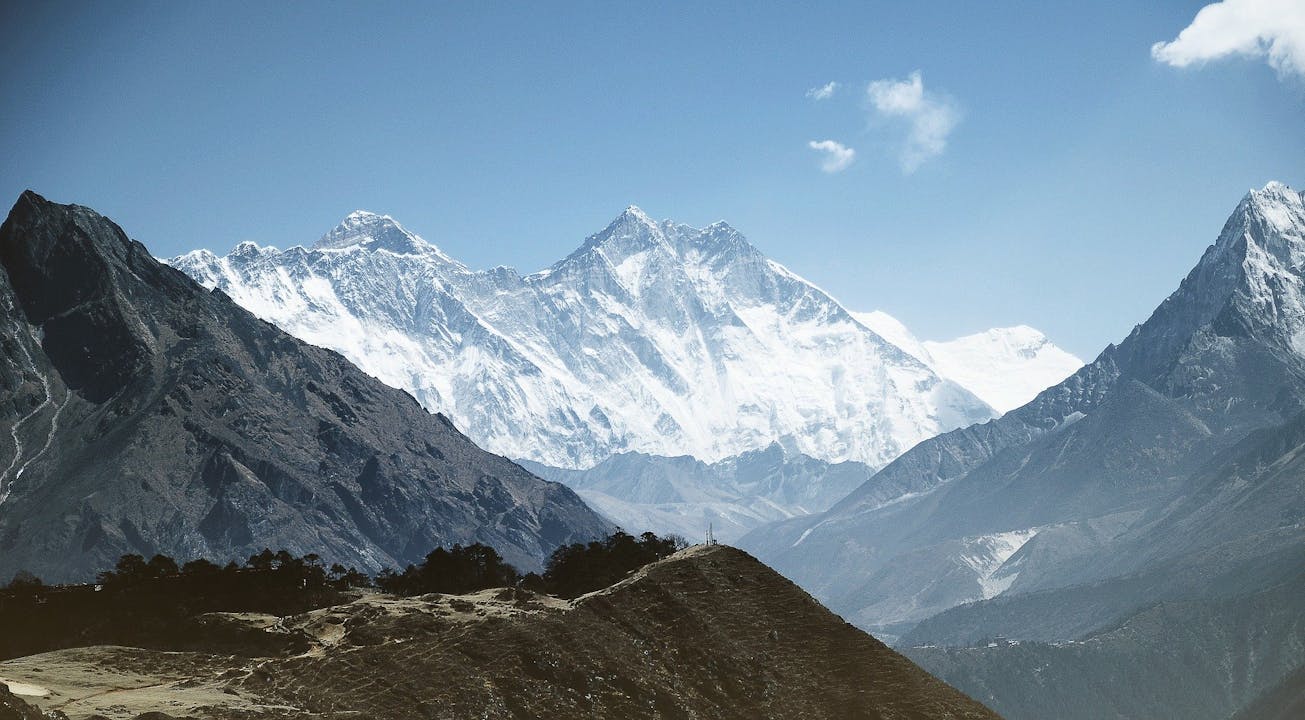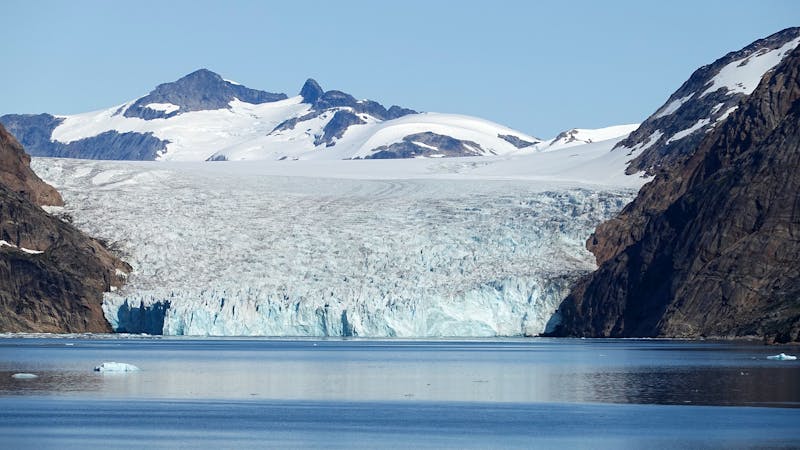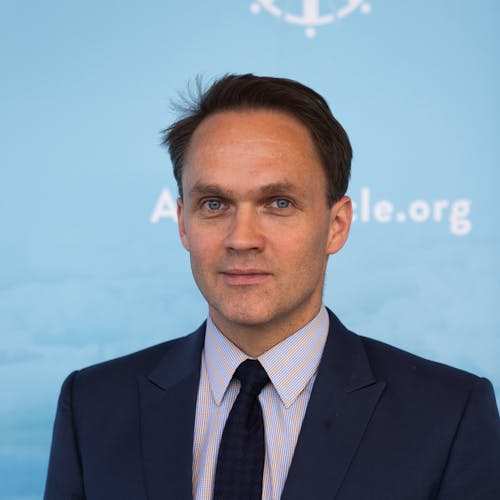As the ice of Third Pole – Himalaya melts and wastes away with increasing pace the consequences for the water resources of Asia come into stark relief. The scale of the emerging challenges can be described vividly and with great drama. Professor Yao Tandong, the leading glaciologist of China, predicted a few years ago that two thirds of China’s glaciers will disappear by 2050; stating that a full-scale shrinkage of the glaciers in the Tibetan Plateau will eventually lead to an ecological catastrophe.[1]
Third Pole – Himalaya is a region like no other on the planet. It is framed by the Himalaya, Hindu Kush, Karakoram, and Pamir Mountains and extends across the vast expanses of the Tibetan Plateau – The Roof of the World – to the Taklamakan Desert. It is referred to as the Third Pole or the Water Tower of Asia, as the ice fields constitute the largest permanent ice cover outside the polar regions and are among the largest reservoirs of fresh water on earth. Third Pole – Himalaya is a reference not only to the ice and the water. It refers to the center of gravity in the region, namely the Himalayan arc across Afghanistan, Pakistan, China, India, Nepal, Bhutan, Bangladesh and Myanmar. It is a region of great cultural and religious diversities and immense political complexities. It includes densely populated societies and two of the most populated nations on earth.
The impact of climate change on the region is of monumental scientific importance. It is also of great consequence for human lives. More than a billion people rely on water downstream in one way or the other; not only for drinking and sanitation but for food production, hydroelectric power and a host of economic activities. The Yellow River basin is home to over 150 million people and water in the Yangtze River basin is fundamental for the lives of at least 370 million people. The population of the Indus River basin is projected to rise to 319 million by 2025 and the Ganga and Brahmaputra River basins sustain livelihood for at least 670 million people.[2] The magnitude of the predicted catastrophes is monumental. It will result in irregular water flows, water shortages, disruptions of the monsoon winds, and the formation of glacial lakes in the mountains which present a constant danger of deadly glacial outburst floods (GLOFS).[3] Glacial outburst floods have taken many lives and with increasing frequency caused great destruction of infrastructure and communities. In the Buddhist Kingdom of Bhutan they are formally identified as the most serious national threat.
The impact of transformations in the mountains will also be seen in the political arena. Scientific research reveals that the rivers most sensitive to the consequences of melting run through areas that are critical to relations between the Asian states, namely the Indus tributaries in Himalaya, Karakoram and Hindu Kush ranges and the neighborhood of Brahmaputra's big bend.[4] This is truly alarming given that for decades grievances in the region have been overwhelmingly over water and collaboration across borders is limited.[5]
In the face of the enormity of the challenge it is of great concern that scientific understanding has been limited and fragmented. In the IPCC Assessment Report of 2007 Himalaya was referred to as a “white spot”, a term which indicates “little or no data”.[6] And in the UNEP report of 2012 it was noted that there was considerable uncertainty about the current state of Himalayan glaciers; the availability of data and information sparse and lacking in consistency.[7] Since then great contributions have been made by Professor Yao Tandong and his team at the Institute of Tibetan Plateau Research and by the leadership of the regional institute headquartered in Kathmandu, the International Centre for Integrated Mountain Development (ICIMOD).
However, the greatest potential for collaboration in the region remains in efforts to strengthen regional and international collaboration on scientific research and the dissemination of scientific findings. In future efforts to heed that challenge in the Third Pole – Himalaya the experience of collaboration in the Arctic over the past decades can provide important lessons; can serve as a model.




